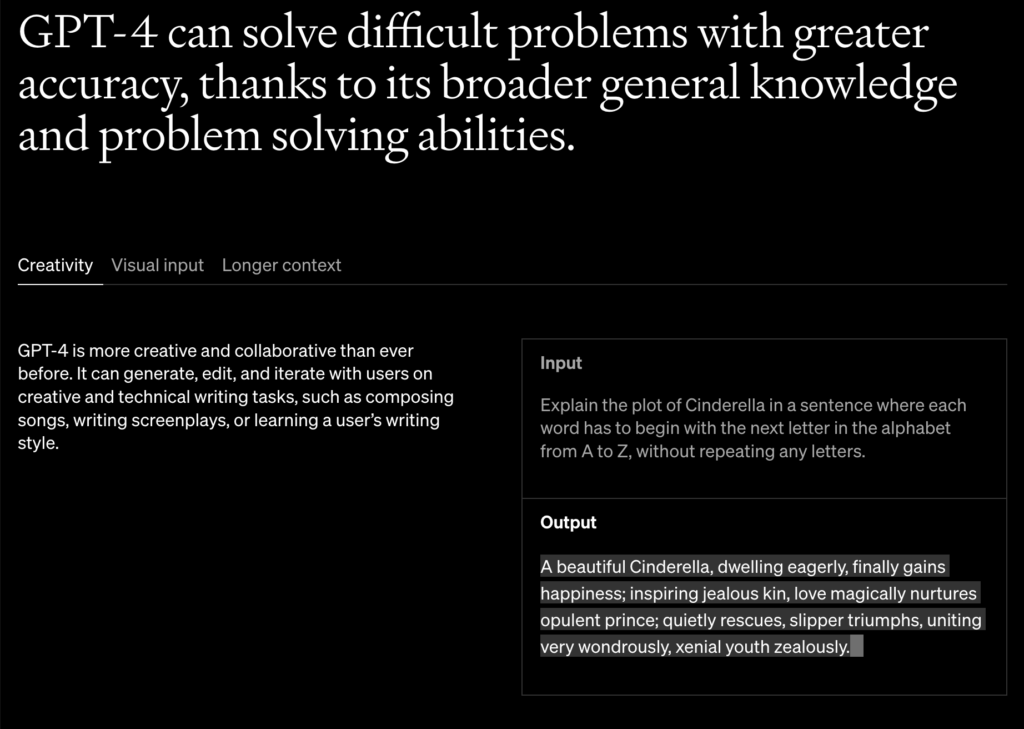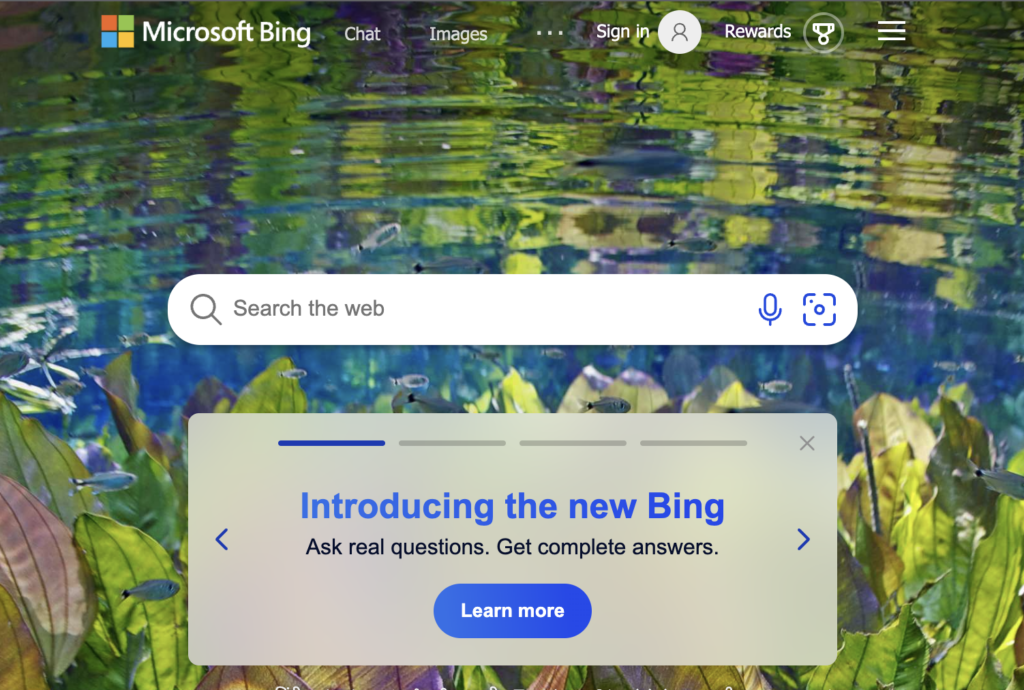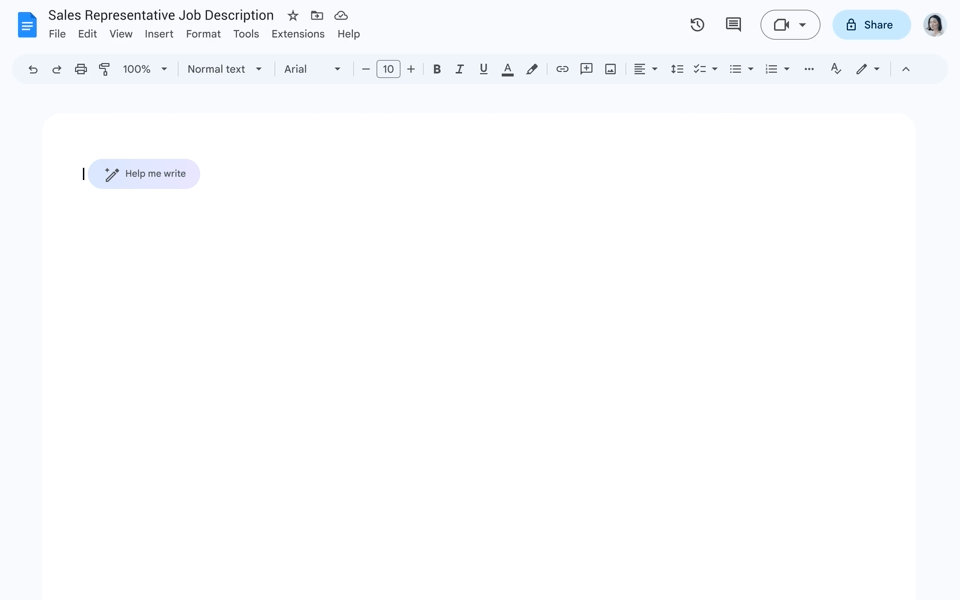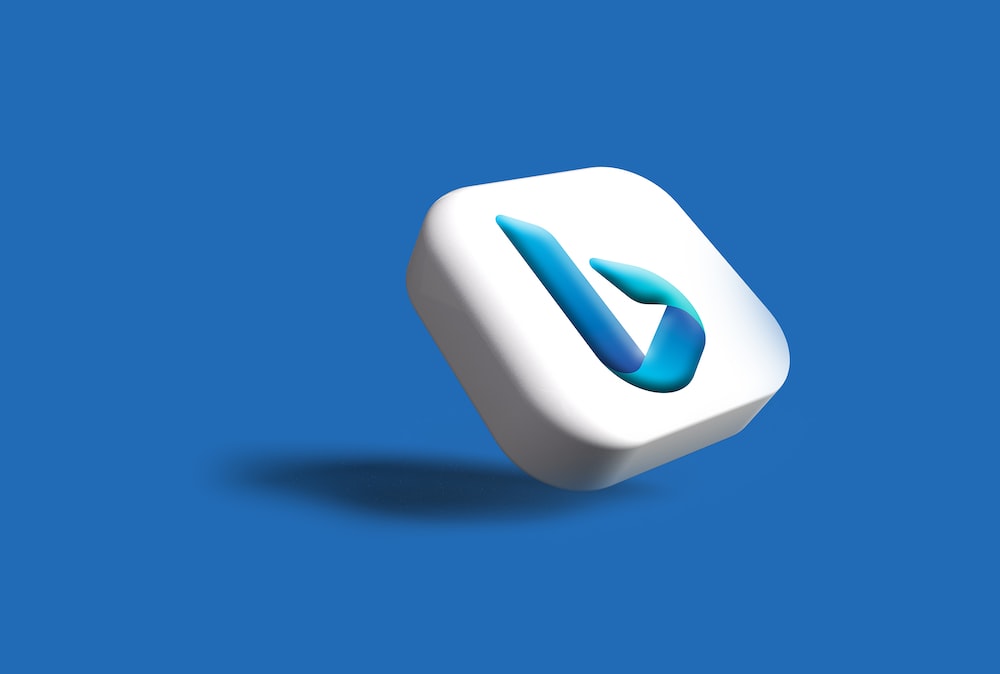|
Getting your Trinity Audio player ready...
|
Last night’s developer conference for the launch of ChaptGPT-4 signifies a dramatic leap forward for AI power but raises more ethical and copyright concerns. The launch also came on the same day that Microsoft announced that its Bing AI chatbot has been using GPT-4 from day one.
Last night saw OpenAI unveil ChatGPT-4, the latest iteration of its AI software.
The tool marks a huge leap forward from earlier versions – whilst ChatGPT-3 (and 3.5) relied on tech that was over a year old, the latest version is a state-of-the-art system that is able to both write words and describe images.

The launch coincided with the admission by Microsoft that its Bing AI chatbot, released last month, had been using GPT-4 all along.
One publisher, speaking on condition of anonymity, told WNIP that publishers were “hugely unprepared” for the dramatic rise in usage of Microsoft’s Bing Search Engine and Edge browser.

Most publishers are not optimized for either the Bing search engine nor the Edge browser. This is hugely important as their usage is rising dramatically and this will only continue with the launch of ChatGPT-4.
Executives from OpenAI stated that GPT-4’s training used a “multimodal” approach, incorporating both text and images, which enables it to transcend the confines of a chat box and allows it to simulate colors and imagery. For example, users can upload an image, and GPT-4 is able to generate a caption that describes the objects and the scene.
- Longer context: GPT-4 is capable of handling over 25,000 words of text, allowing for use cases like long-form content creation, extended conversations, and document search and analysis.
- Visual input: GPT-4 can accept images as inputs and generate captions, classifications, and analyses.
- Creativity: GPT-4 is more creative and collaborative than ever before. It can generate, edit, and iterate with users on creative and technical writing tasks, such as composing songs, writing screenplays, or learning a user’s writing style.
The company, however, is delaying the release of its image-description feature due to concerns of abuse, and even the version of GPT-4 available to members of OpenAI’s subscription service, ChatGPT Plus, currently offers only text. Sandhini Agarwal, an OpenAI policy researcher, said that the San Francisco-based company was holding back the feature to better understand potential risks.
The launch of ChatGPT-4 can be viewed below:
Google responded by announcing AI features in Gmail and Google Docs, giving access to artificial intelligence capabilities to a small number of users as part of a test. The company also plans to bring additional generative AI features to its Chat, Meet, Sheets and Slides applications.
Google will soon offer ways to generate text and images using machine learning in its Workspace products as part of a scramble to catch up with rivals in the new AI race.
It’s notable that Microsoft is rumored to be building similar features into its Office suite of apps, including Word, Teams, and Outlook.
James Vincent, The Verge

The GPT-4 launch comes at a time of controversy for Microsoft as it coincides with the tech giant laying off its entire AI ethics and society team which in 2020 consisted of approximately 30 employees, including engineers, designers, and philosophers.
Crucially, the laid off team had been working to identify risks posed by Microsoft’s adoption of OpenAI’s technology throughout its suite of products.
The Verge commented that, “The move leaves Microsoft without a dedicated team to ensure its AI principles are closely tied to product design at a time when the company is leading the charge to make AI tools available to the mainstream.”


